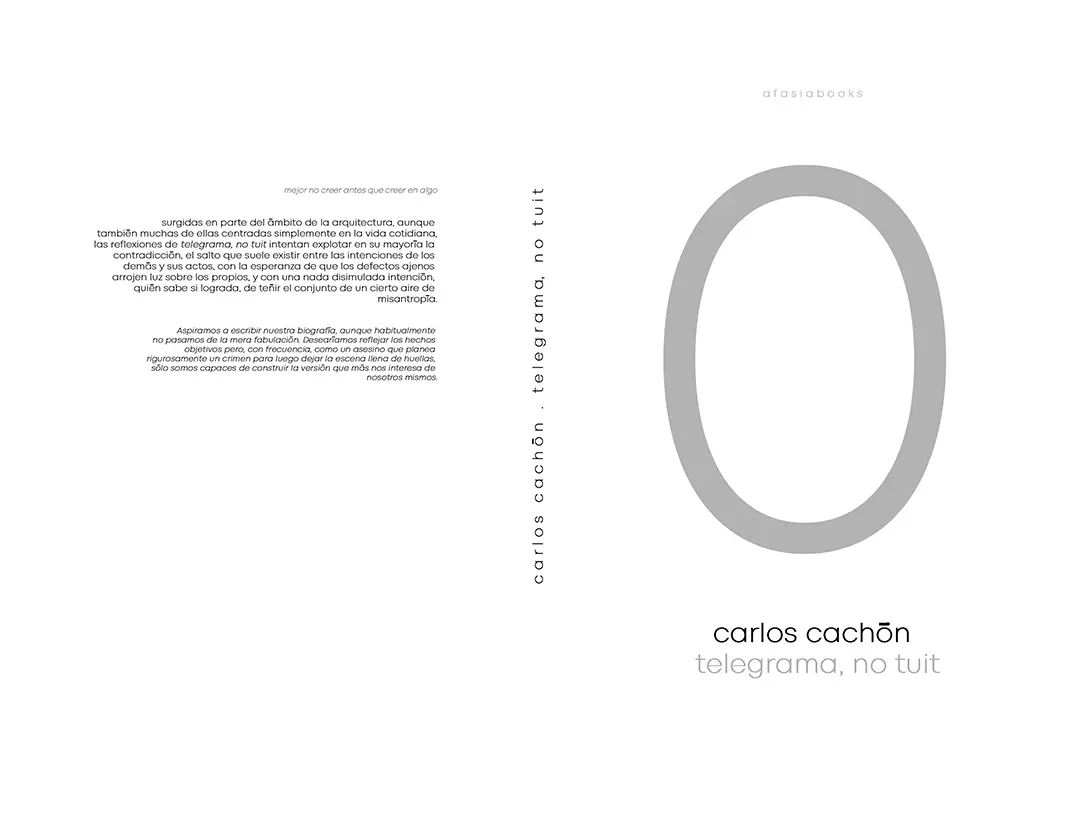
After the Museum Villa Stuck was forced to close for a year, efforts were made at short notice to find temporary premises. Instead of its traditional, noble setting in one of Europe’s most significant artists’ residences, the museum now finds itself in in a former apartment building in dire need of renovation, in the very heterogeneous and much less prestigious quarter surrounding the central main station.
This entirely new context — combined with an extremely tight planning and construction schedule, a relatively short period of use and limited resources — was seen as an opportunity to question and break up the fundamental understanding of museum operations and their established spatial and functional structures. At the core of the overall concept is the dissolution of the traditionally strict boundaries between internal and public areas, thus creating opportunities for spontaneous encounters, interactions and dialogue. To this end, the different functions were mixed throughout the entire building. Each of the three floors features a central room that serves as a multifunctional stage that can easily be adapted to a wide variety of uses. From there, exhibition spaces open toward the street in the east and office spaces toward the courtyard in the west. The resulting “forecourts” enable easy interactions between the team, the public, and the exhibits. The central rooms are framed by curtains that run along all sides, acting as filters between the different uses while making the transitions both flexible and tangible. The entrances to the public areas are left invitingly open through gathered curtains, while the internal office spaces remain mostly hidden behind the closed translucent fabric. Only the lettering on the floor reveals who is working behind the glass doors, the perceptibility of which vary depending on the different lighting conditions throughout the day. This resulting play of light and shadow enlivens the calm atmosphere and makes the scope of the administrative and scholarly work in the museum visible to the public — without overly exposing the staff.
In order to expend as little resources as possible while still meeting the high-quality standards of the museum, the project focuses on few but targeted design interventions, all based on necessity and precisely responding to the existing potential of the building. While the overall design remains deliberately restrained and adaptable, the individual interventions always remain perceptible. To create a circular path through the exhibition spaces, some existing openings were covered, others reopened, and a non-load-bearing wall was removed. The newly exposed wall openings are merely plastered and primed.
Only if the flooring could not be saved the most simple linoleum was added on top. The lighting system was adopted from the original museum. Where new furniture was required, it was built from untreated wooden panels — leftovers from the wall installations of the last exhibition in the museum — using a simple, modular plug-in system that can be easily dismantled.
_
“VS” temporary premises Museum Villa Stuck
Munich, Germany, 2024
what “VS” temporary premises Museum Villa Stuck
where Goethestraße 54, Munich, Germany
who ansa studios
for Museum Villa Stuck, Landeshauptstadt München
use offices, exhibitions, events, workshops
extent planing, tendering, contracting, construction supervision
construction January 2024 to March 2024
area 1.650 m² floor area
costs 300.000 €
with Bureau Borsche (visual identity), Michael Eckert (fire protection planing), Seeberger Friedl (structural
engineering)
by Krämer (master builder), Elektro Messer (electrical installations), Lei-Ma Bodenbeläge (flooring), Sammer
Malereibetrieb (painter), Weigerstorfer (sanitary installations), BauerHeilig (curtains), Création Baumann
(curtains), Erco (lighting)





























